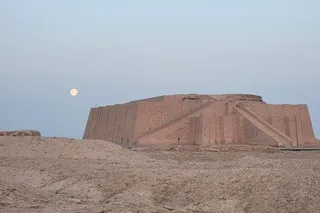Ancient Egyptians went through a lot of linen when they wrapped up their lost loved ones. Winding long strips of the material around their torsos and their appendages — and sometimes around their individual fingers and toes — these wrappings were intended to protect and preserve the dead during their transition to the afterlife.
But what was woven within and underneath these layers of linen?
According to recent research in Frontiers in Medicine, the “digital unwrapping” of an approximately 2,300-year-old mummy solves this age-old secret. Research reveals that the mummy retained an abundance of precious amulets, placed within and underneath its wrappings both on and inside its body. The researchers report that the mummy provides one of the best demonstrations of ancient Egyptian beliefs about death and dying.
The ancient Egyptians approached death as a transition to another world, whereupon the spirit would separate from the mummified body of the ...















